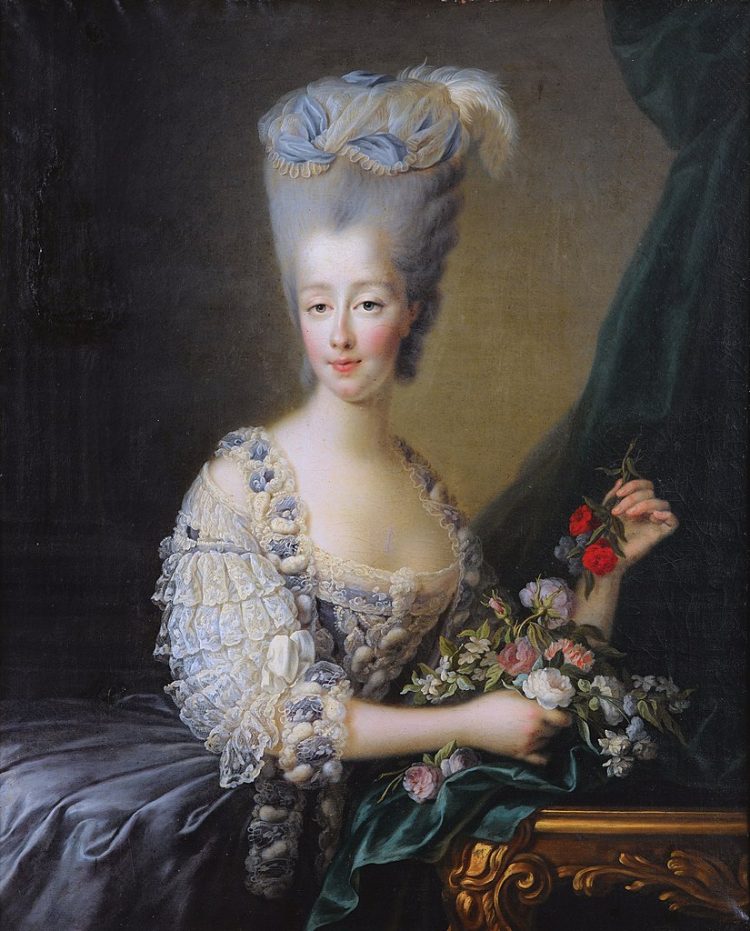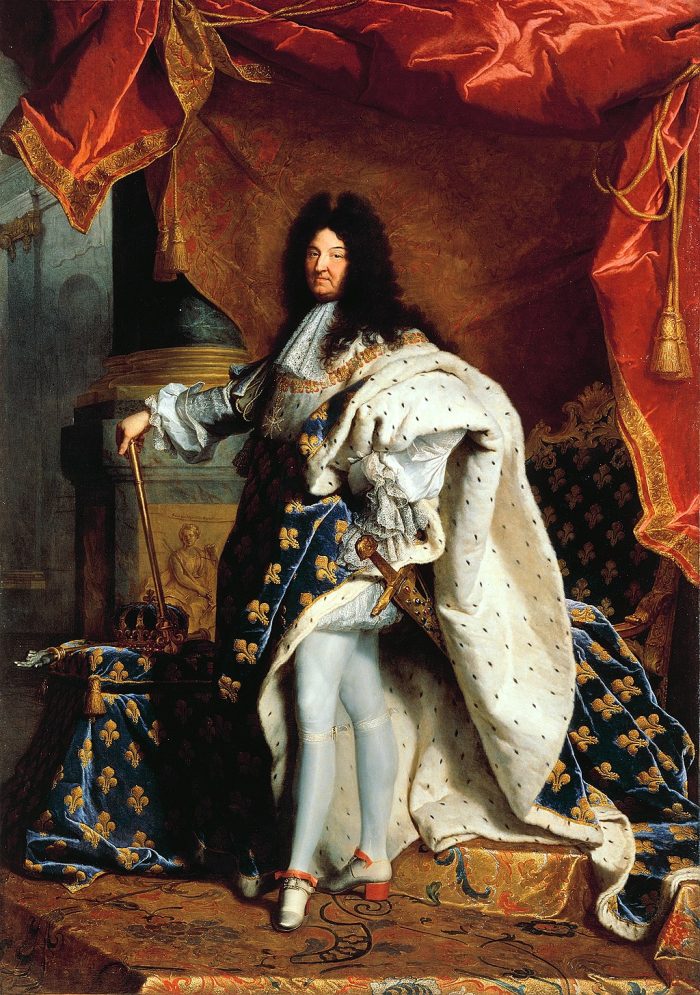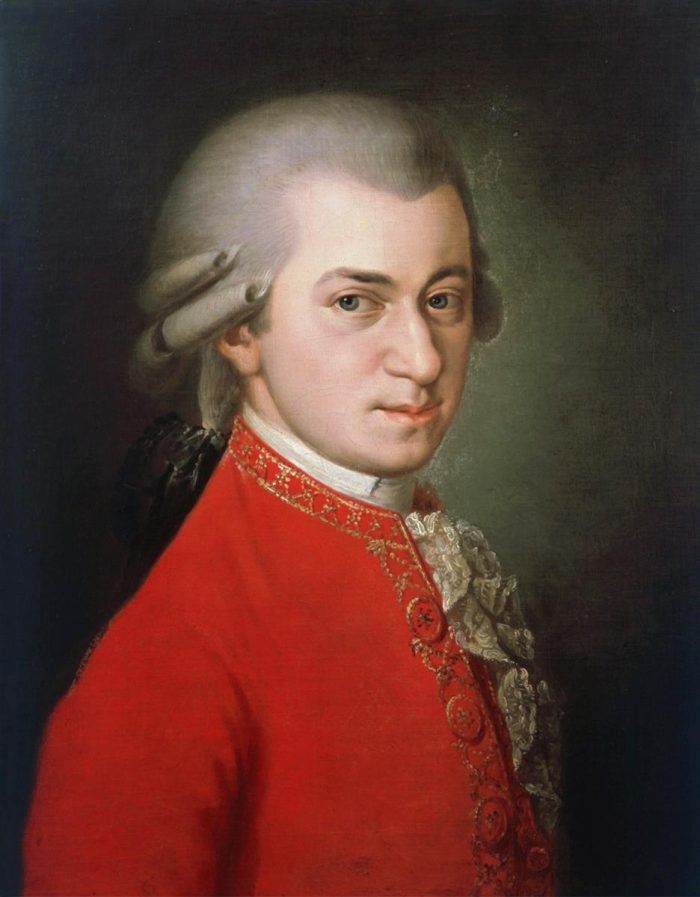Powdered Wigs
Q.
We’ve all seen the bewigged portraits – from Bach to Mozart, Louis IV to Marie Antoinette. The wigs make for some seriously fabulous head drama, but why did those who could afford perukes wear them? And what was in that powder?
.
A.
After 17th Century aristocrats popularized mountainous wigs, prices shot up. Then came the swarm of groomers required to maintain said wigs. Predictably, the periwig became an obvious marker of wealth. Indeed, the word ‘bigwig’ – to describe a seeming VIP – is rooted in this ‘wig as status’ idea.
Fancy wigs were generally made with human hair. Louis XIV’s perruques were said to require long, luxurious locks from at least 10 people. ‘Lucky donors’ included novices who were entering the convent. The Sun King’s favoured styling was:up-high, middle-part, cork-screw curls pulled down long.
But why did Louis and co. wear these wigs in the first place? The reasons were not so glamorous:
i) Louis XIV was none too pleased when he started to bald in his late teens.
ii) Lice were easier to snuff in wigs than in head hair. Bonus: real hair was shaved to allow a tighter fit for the periwigs.
iii) Starting in the 16th Century, wigs had been used to cover up the nasty sores and hair loss that came with rampant syphilis.
.
Hyacinthe Rigaud. Louise XIV of France. 1701
.
And what of the powder?
These sky-high wigs were dusted in fragranced powder to disguise clouds of stink emanating from the louseful hair and the little-washed bodies below.
In the 1889 ‘Fenner’s Complete Formulary, we read: ‘For powdering the hair white ordinary powdered starch scented with some kind of bulk perfume is generally used’. 👑 Might we assume that there is no ‘bulk’ in the wig worlds of Louis and Marie? 👑 ‘The perfume may be rubbed with a small quantity of the powder first and then with the remainder gradually added. Silver powder is made from mica, coarsely ground, and gold powder from gold colored mica or Tinsel ground or finely cut’.
In a Perfumes for Hair Oil section, B. Fenner includes Rose Oil Perfume, cheap, Fine Orange Flower Perfume, and Ilang Ilang Perfume.
For the Fine Rose Oil Perfume recipe, Fenner writes: ‘Oil or Otto of Rose, 2 parts, Oil of Rose Geranium 4 parts, Oil of Patchouli 1 part, Oil of Jasmine, fatty, 10 parts. Oil of Tuberose, fatty, 10 parts, Oil of Violet, fatty, 5 parts. Mix them. This may be used to perfume the Oil, from 2 drachms to 1 ounce being used to each pint of Oil’.
.
Antoine-François Callet. Marie Luise Thérese de Savoie, Princesses de Lamballe. 1776
.
Powdered wigs were tossed aside during the French Revolution. The death knell for the British periwig came from William Pitt’s imposition of a hair powder tax in 1795.
Not all had to give up their wig dust in the fittingly renamed ‘Powder Plot’. Exceptions included the ‘royal family and their servants’, and ‘privates in the army, artillery, militia, marines, engineers, and fencibles’.
As historian Stephen Dowell wrote in 1895: ‘In 1795, when Pitt, at his wits’ end for new taxes, proposed to tax persons wearing hair-powder, taking the use of hair-powder as evidence of capability to pay tax, he was compelled to acknowledge that the proposal might be met with a smile at its peculiarity; but the answer would be that, though peculiar, the tax would produce 200,000l. a year’.
.
Barbara Krafft. Wolfgang Amadeus Mozart. 1819
.
Header Artwork: François-Hubert Drouais. Maria Theresa of Savoy, Countess of Artois (1756-1805). 1775











